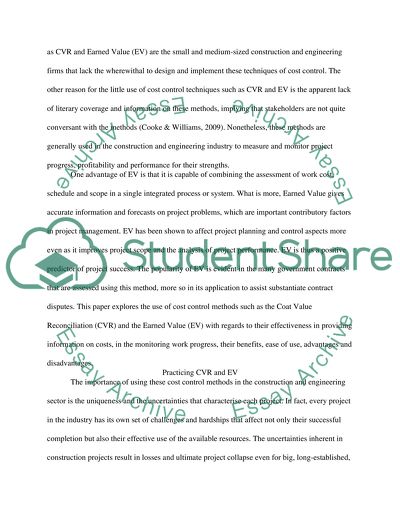Cite this document
(“Estimating Purchasing and Cost Control Essay Example | Topics and Well Written Essays - 1750 words”, n.d.)
Retrieved from https://studentshare.org/engineering-and-construction/1459015-estimating-purchasing-and-cost-control
Retrieved from https://studentshare.org/engineering-and-construction/1459015-estimating-purchasing-and-cost-control
(Estimating Purchasing and Cost Control Essay Example | Topics and Well Written Essays - 1750 Words)
https://studentshare.org/engineering-and-construction/1459015-estimating-purchasing-and-cost-control.
https://studentshare.org/engineering-and-construction/1459015-estimating-purchasing-and-cost-control.
“Estimating Purchasing and Cost Control Essay Example | Topics and Well Written Essays - 1750 Words”, n.d. https://studentshare.org/engineering-and-construction/1459015-estimating-purchasing-and-cost-control.


